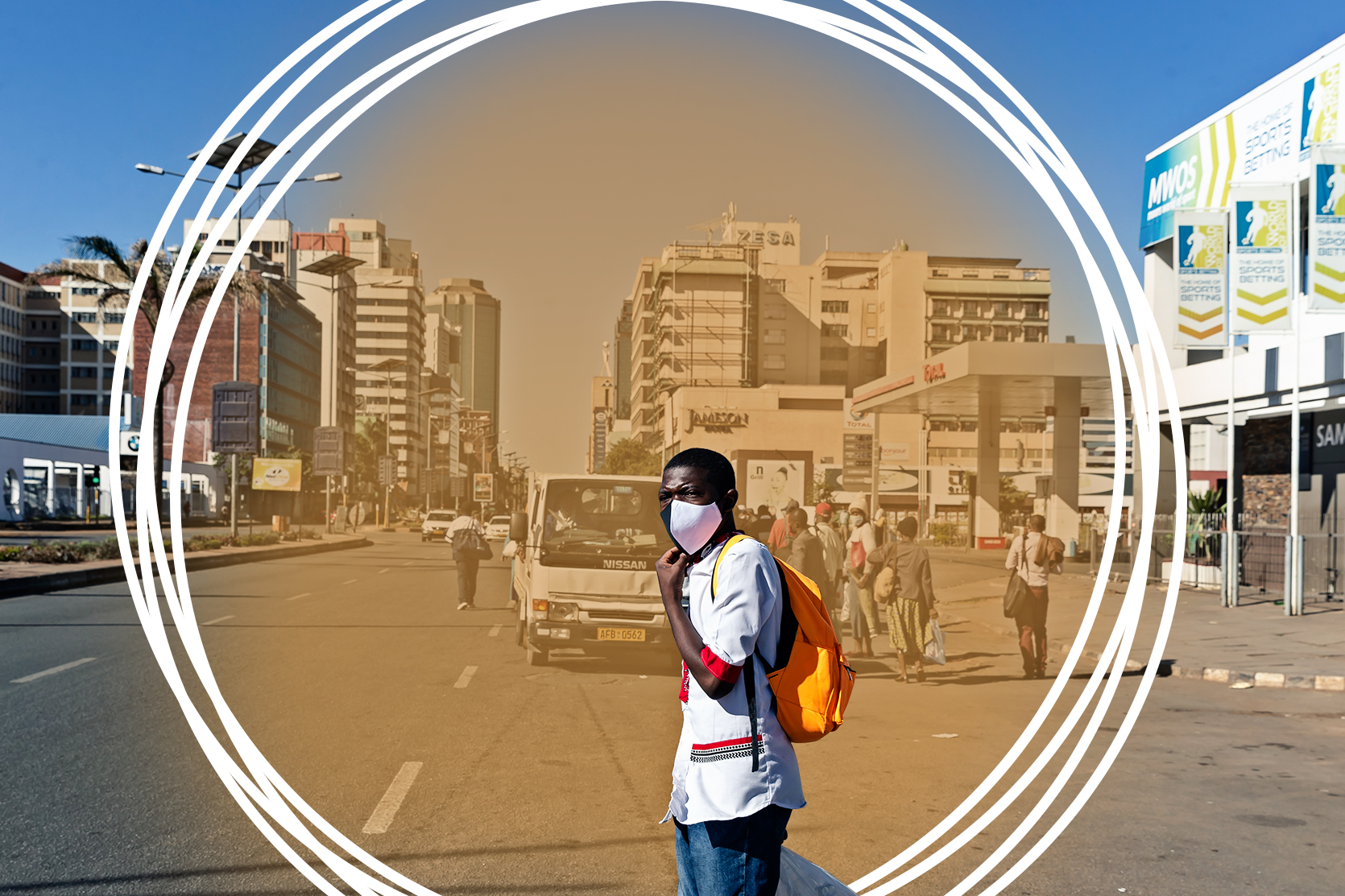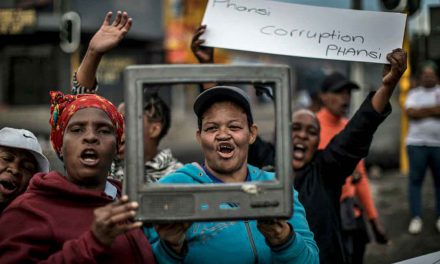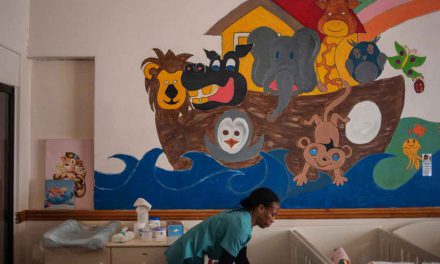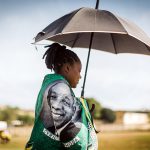
On 23 March, 2020 Zimbabwe recorded its first coronavirus (COVID-19) casualty, national broadcaster Zororo Makamba. The renowned and highly influential 30-year-old journalist contracted the virus during a visit to New York, and his subsequent passing created widespread panic resulting in a quick call-to-action.
Shortly after Makamba’s death and as the number of infections increased, on the 30 March, the president of Zimbabwe, Emmerson Mnangagwa, declared a 21-day national lockdown. Consequently, the lockdown was extended by 14 days and on 17 May, the president declared an indefinite shutdown, with restrictions that will be reviewed fortnightly.
The president declared an indefinite shutdown, with restrictions that will be reviewed fortnightly.
As part of the continuous effort to prepare the health sector for the fight against COVID-19, on 12 May a team of 12 Chinese doctors arrived in Zimbabwe from Hunan Province in south central China to help in the fight against the coronavirus. The medical team, with “frontline” experience in curbing the spread of the virus, brought testing kits and protective clothing and spent a fortnight in Zimbabwe. Part of the team’s mandate was visits to medical and isolation centres involved in the national COVID-19 response initiatives.
According to the Ministry of Health and Childcare, by 31 May, Zimbabwe had 178 confirmed coronavirus cases, comprising of 145 active cases, 29 recovered and four deaths. It is prudent to note that in a short space of time from the 22-31 May, the figures more than tripled from 56 confirmed cases to 178. Official statistics from the Ministry of Health and Childcare indicate that as of 31 May, the latest positive cases were from quarantine areas; returnees from mainly Mozambique, South Africa and the United Kingdom. Consequently, cases of infection are likely to continue rising as returnees filter back into the country.
Another area of concern is education. Institutions of higher learning face considerable challenges in keeping staff and students safe as they prepare to reopen their doors at the beginning of the winter season, notwithstanding that certain universities and colleges are currently being used as quarantine centres for returnees.
Institutions of higher learning face considerable challenges in keeping staff and students safe as they prepare to reopen their doors at the beginning of the winter season.
Higher and Tertiary Education, Innovation, Science and Technology Development Minister Professor Amon Murwira told local newspaper the Sunday News (31 May 2020) that the re-opening of universities will be done in phases, with final-year students set to get first preference.
Similarly, the Ministry of Primary and Secondary Education will apply a five-phased approach when reopening schools. The phased approach will cater first for students set to write end-of-year national and international examinations and Early Childhood Development centres will be the last to reopen.
Before the global pandemic, Zimbabweans were already grappling with a fragile economy, which has hindered service delivery in key sectors such as health, social welfare and education.
As the country continues to grapple with economic challenges COVID-19 causes potential threat primarily to the 7.7 million (both rural and urban) who are already failing to meet their minimum threshold of food security (2100kcal). (World Food Programme Report (May, 2020)
COVID-19 causes potential threat primarily to the 7.7 million who are already failing to meet their minimum threshold of food security.
Now, lockdown measures are impacting many people’s livelihoods too. The informal sector, which remains under restriction, is the largest employer of the economy, but it has been badly affected. Informal sector trade is not conducive to social distancing, which makes re-opening the sector risky.
A 2018 report on shadow economies by the International Monetary Fund indicated that Zimbabwe’s informal sector makes up 60.7% of GDP, the third highest level in the world after Georgia (64.9%) and Bolivia (62.3%). According to a 2019 Labour Force and Child Survey by the International Labour Organization, the informal economy’s share of employment was 76% of total employment.
Zimbabwe’s informal sector makes up 60.7% of GDP.
Yet informal businesses which support more than 70% of the urban population officially remain closed. Meanwhile, of necessity, some trade continues. According to a Covid-19 2020 report by the Zimbabwe Council of Trade Unions, this puts women more at risk of being infected and of infecting others, given their dual gender roles as traders and as family care givers. Both reports highlight the extreme economic vulnerability of most of the country’s population.
As the nation begins its winter season widespread concerns remain regarding the potential increase in infections and loss of life.











